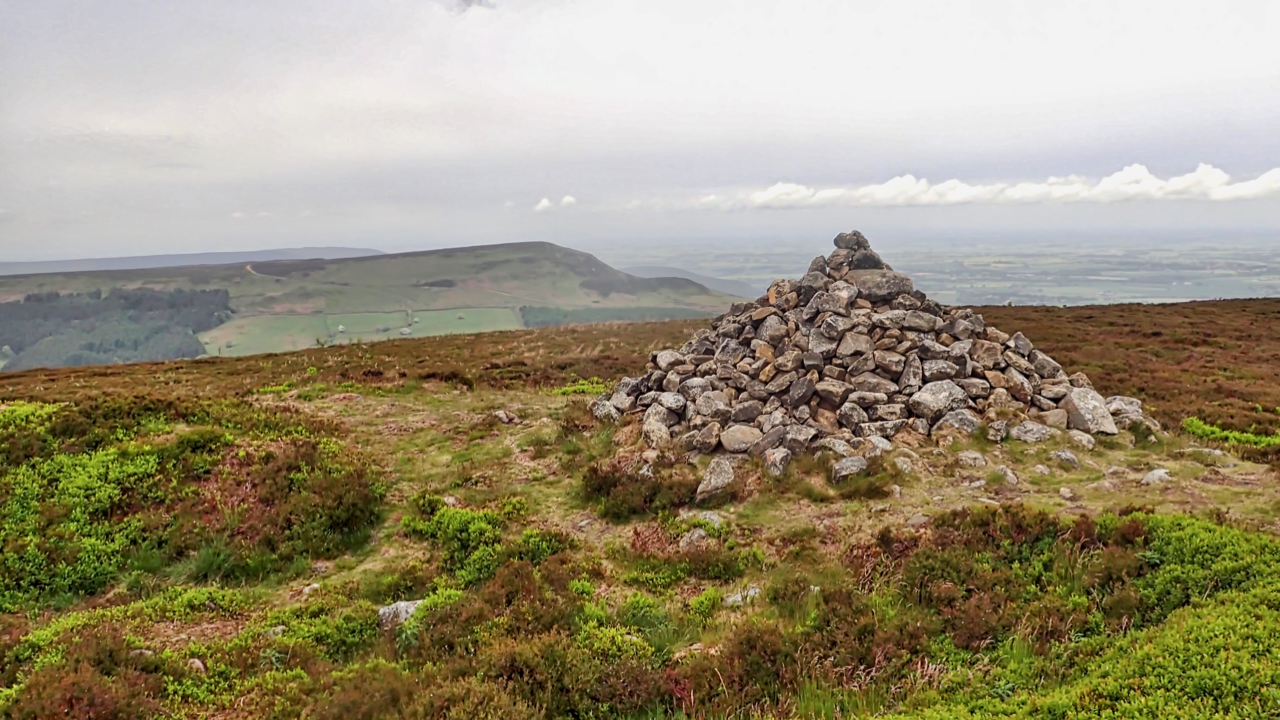Category: North York Moors
-
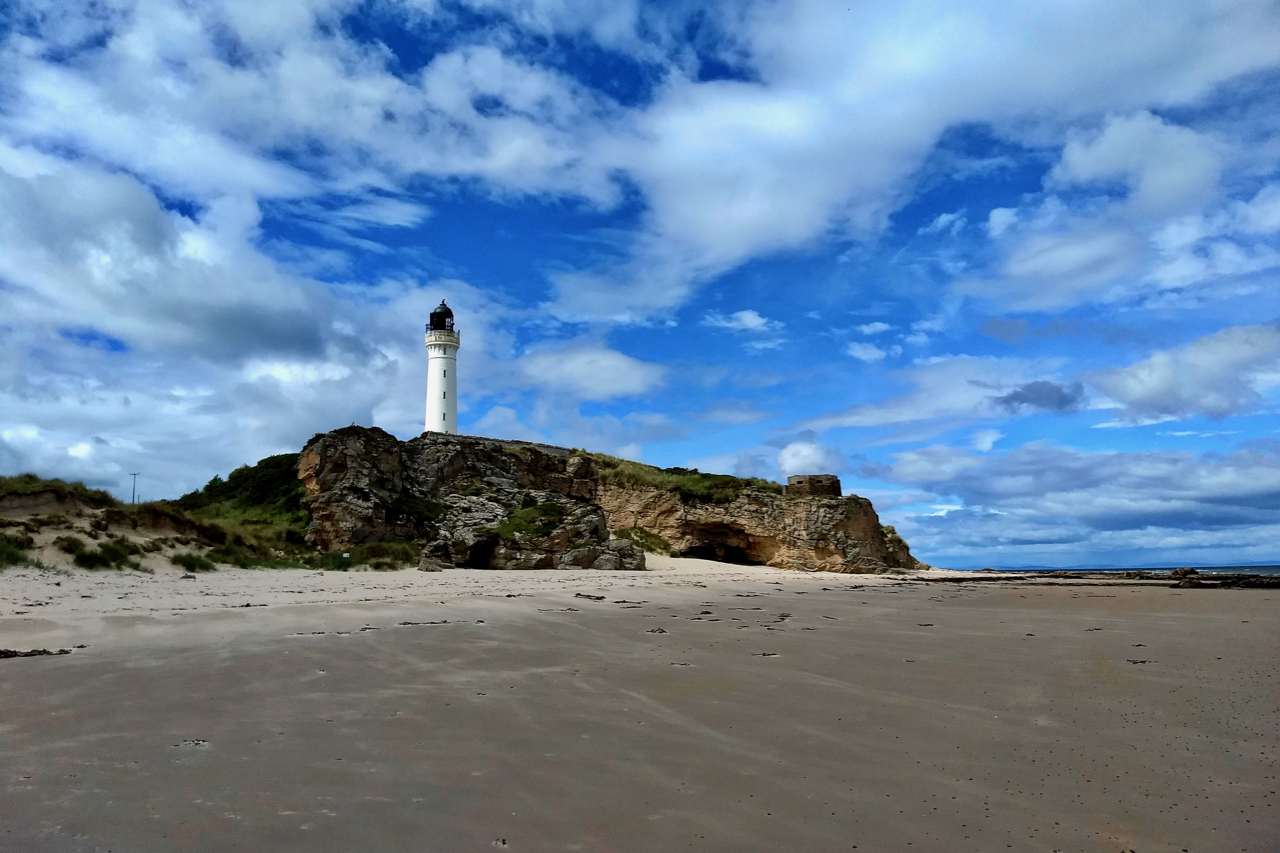
Covesea Skerries Lighthouse
Built in 1846, following a terrific storm 20 years earlier in which 16 vessels were lost in the Moray Firth, several on the notorious Covesea and Halliman Skerries. The delay was due to Trinity House, the board responsible for lighthouses, believing that a lighthouse was in fact unnecessary. Eventually, the board was swayed by public…
-
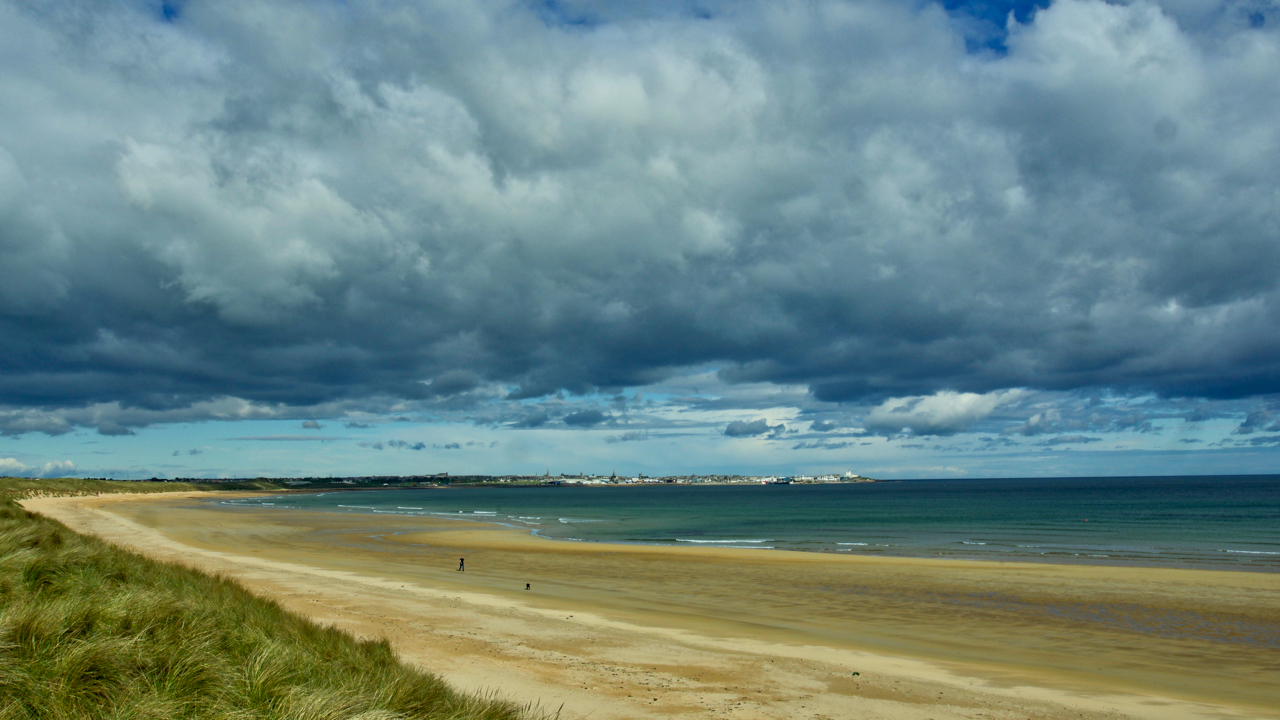
Fraserburgh Bay
The north-east coastline of Aberdeenshire has many miles of clean golden sands, deserted but for the occasional dog walker. This is Fraserburgh Bay between Kinnard Point and Cairnbulg Point. In the distance is Fraserburgh, a town dating from the 16th-century and named after Clan Fraser. Beyond Fraserburgh, the Moray Firth begins. Open Space Web-Map builder…
-
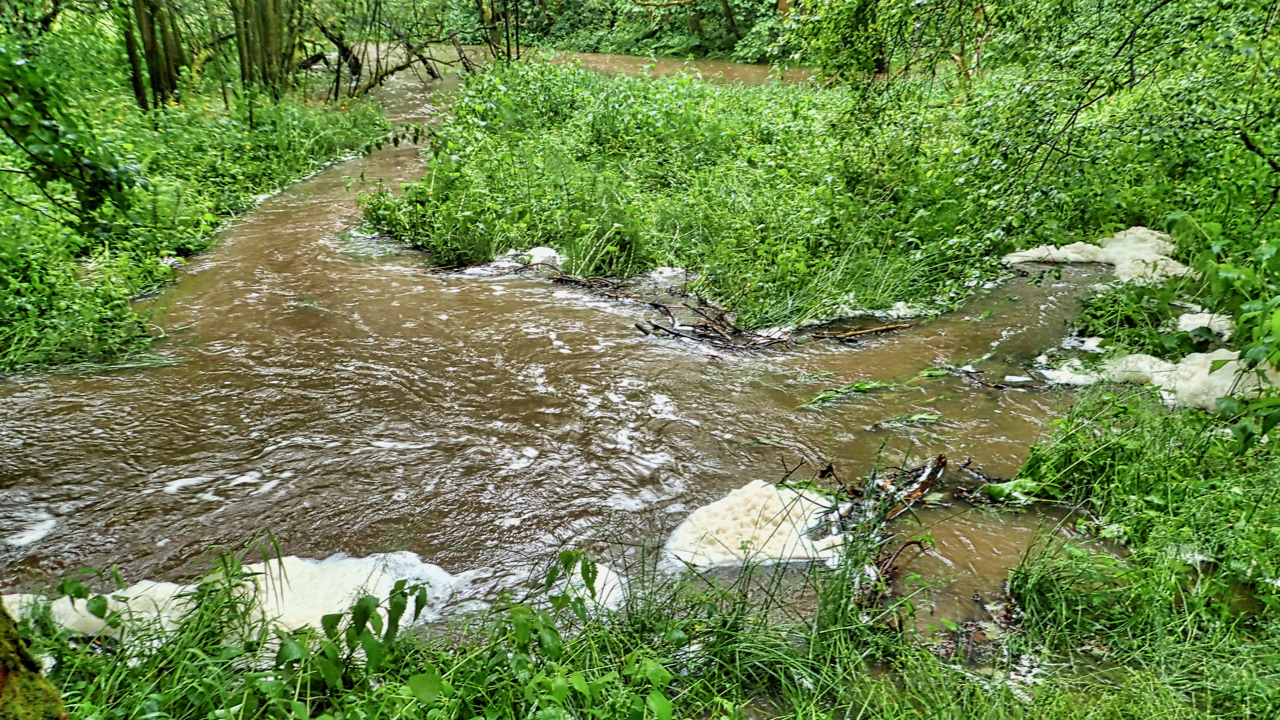
Slacks Beck
I know a confluence is where two streams or rivers converge. The usual node in a river network. A meeting of waters. But what is a parting of waters called? Where a stream separates into two courses. I know of one, in the Lake District, Raise Beck above where it tumbles down to Dunmail Raise.…
-
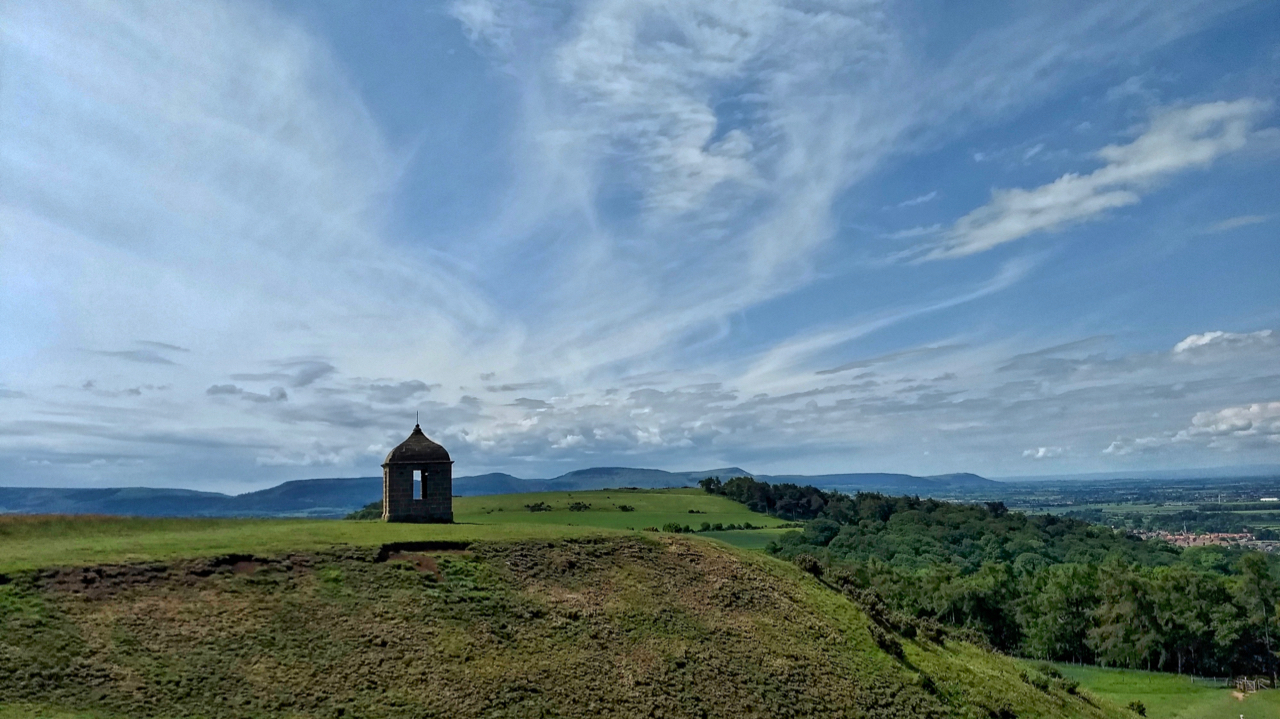
The Summerhouse
High cirrus clouds portend the coming of a weather front and wind and rain. The Summerhouse, perched on the bed of Cleveland Ironstone, was built in the 18th-century probably just to enhance the landscape. It is thought a platoon of local volunteer militia were billeted in it while maintaining the beacon on Roseberry summit. One…
-
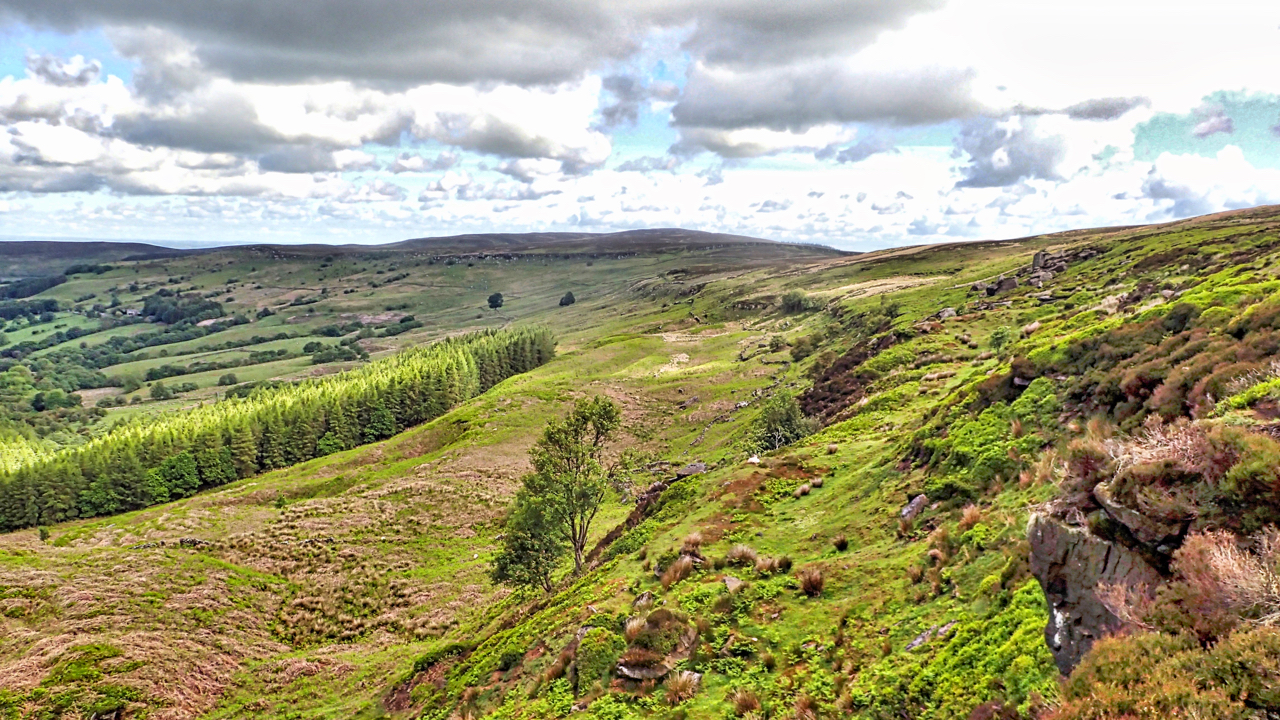
Rank Crag
Exploring the head of Scugdale. A distinct line of crags and broken ground at around the 310m contour, the same height as the nick on Stoney Ridge above Holy Well Gill on the southern edge of Scugdale. A coincidence? Maybe not. Between 26,000 and 10,000 years ago during the last ice age, a great glacier…
-
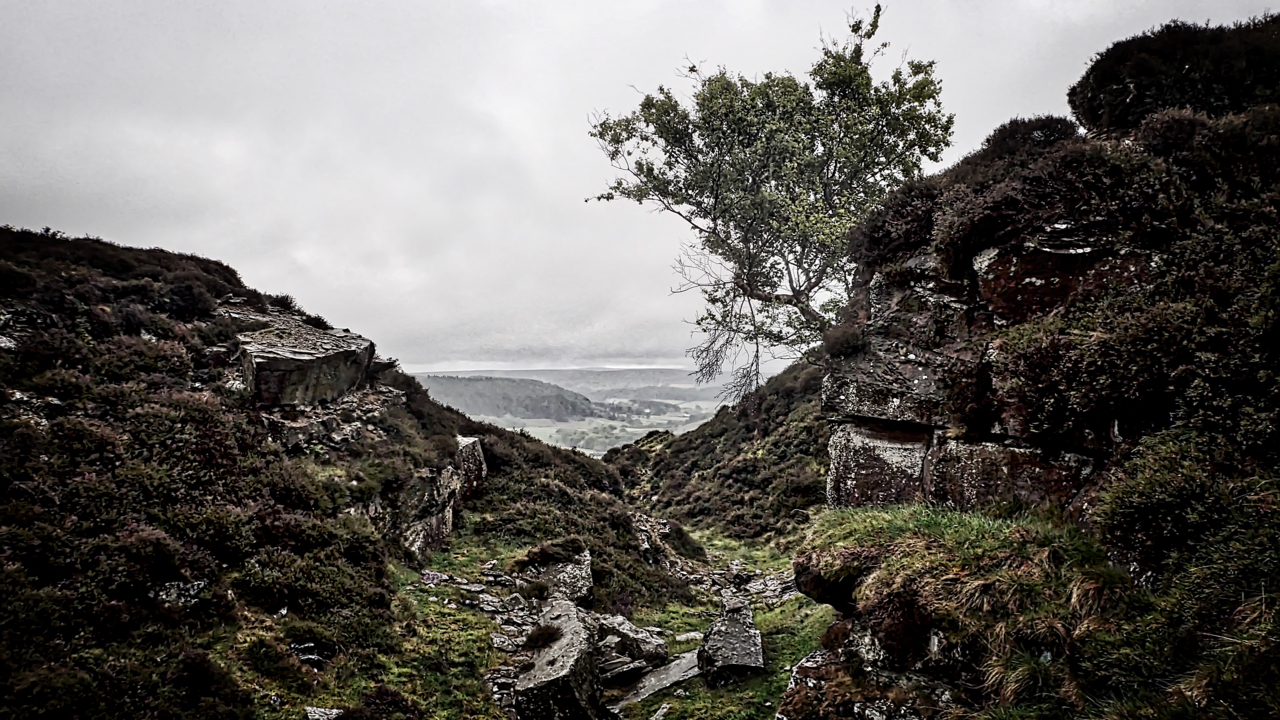
Lonsdale Quarry
A wet morning following by a wet afternoon. The sky mottled shades of grey. It is said the stone used in the building of Christ Church in Great Ayton in 1877 came from Lonsdale Quarry although surprisingly egress for the stone blocks seems to have been uphill over Great Ayton Moor. The quarry is occasionally…
-
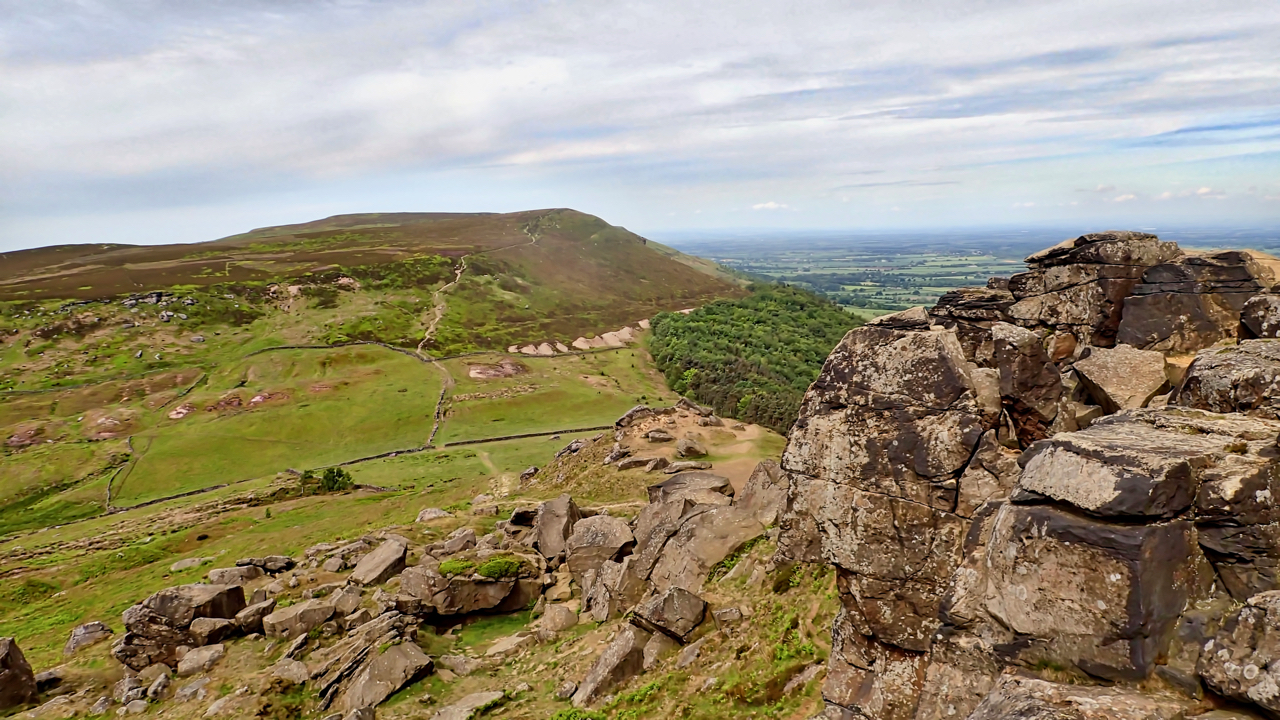
Cold Moor from The Wainstones
One of my main sources of knowledge and inspiration is Frank Elgee’s 1912 book The Moorlands of North Eastern Yorkshire. Elgee was born in 1880 and was a distinguished writer of the geology, archaeology and natural history of the North York Moors. Largely self-taught, he was the curator of the Dorman Museum in Middlesbrough from…
-
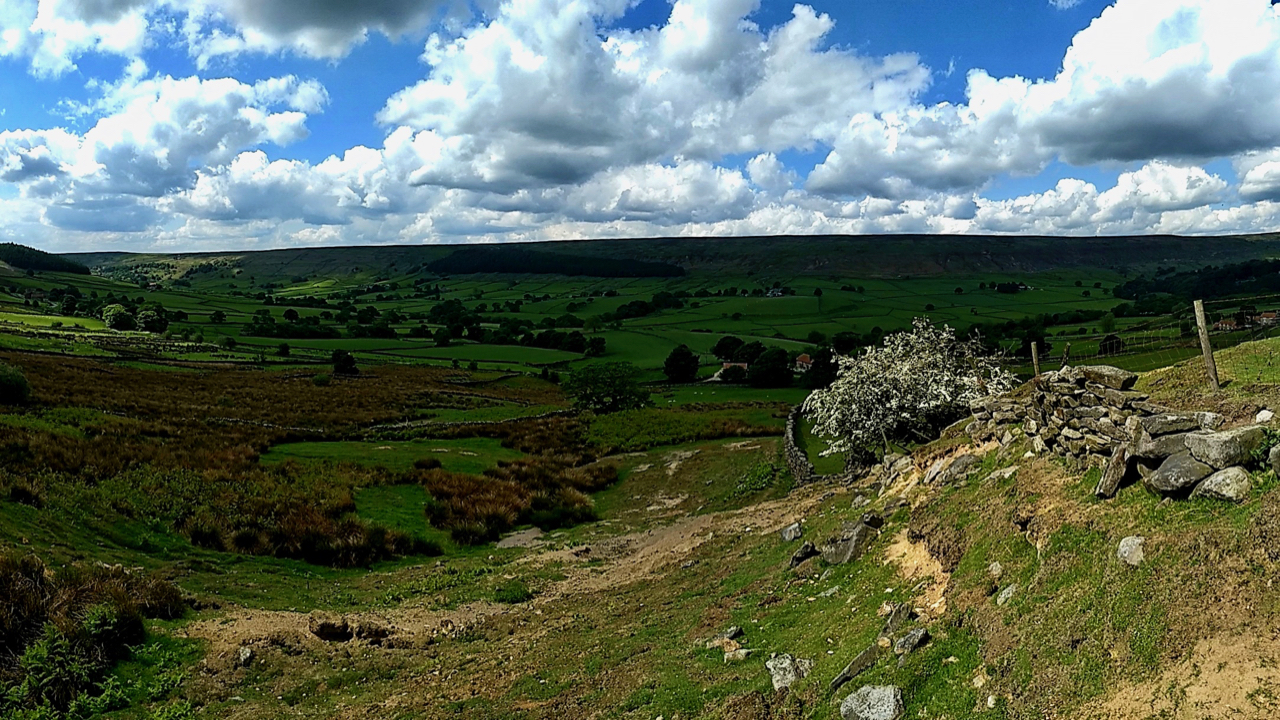
A hawthorn in Bransdale
Have you ever noticed the sudden drop in temperature and light by the shadows cast by drifting Cumulus clouds? Shadows that creep over the ground on a sunny day. The flowers of this hawthorn tree are blazing in the sun whilst across the dale, the hillside is dark and gloomy. Many hawthorns are now losing…
-
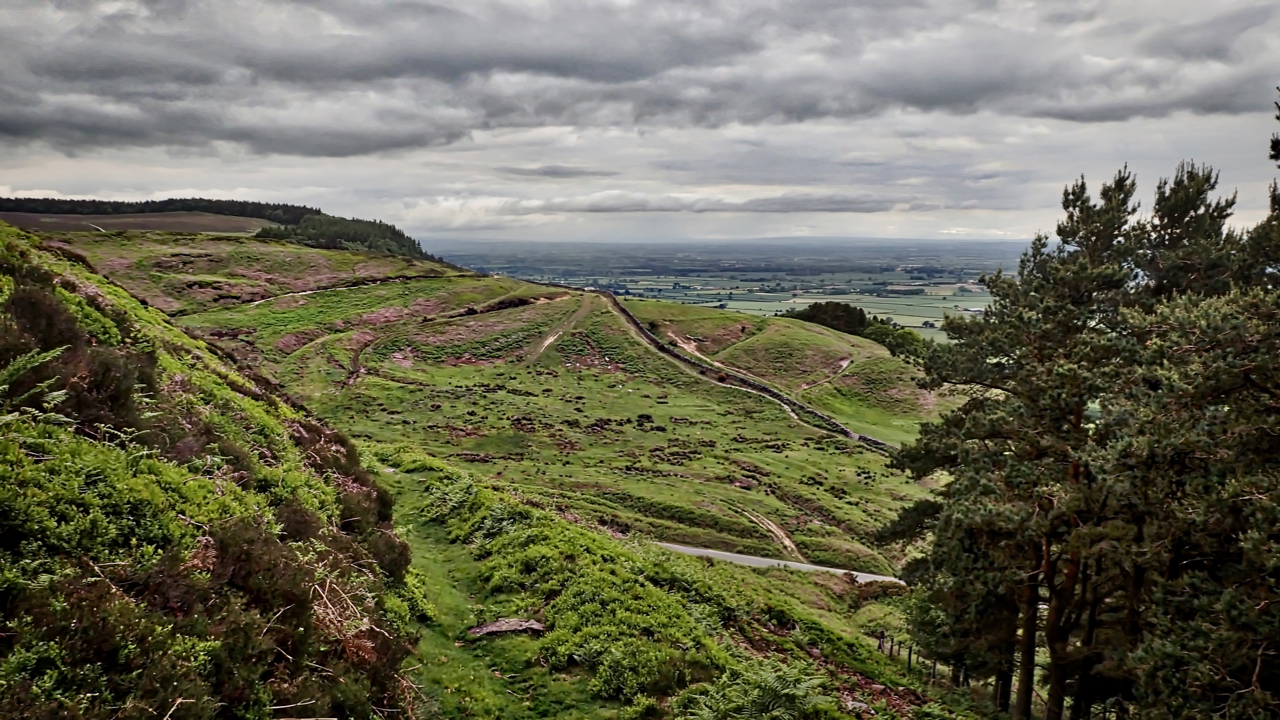
Scarth Nick
A very dull, overcast evening yet peaceful, not a sound to be heard. I took this photo looking back to Scarth Nick during the steep climb of Whorlton Moor. An old track leads down from a sandstone quarry now lost in the plantation of Clain Wood. A great notch in the Cleveland Hills, Scarth Nick…
